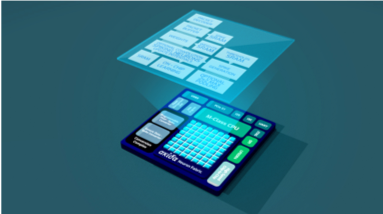Akida – Why AI is needed at the edge
“Akida is an Edge Network”. The device includes all necessary functions to implement a complete neural network and supports both event-based Spiking Neural Networks (SNN) and Convolutional Neural Networks (CNN). Akida is trained and performs inference on-chip. The device can learn autonomously as new patterns emerge without re-training the entire network. This unsupervised autonomous learning capability establishes Akida as a first in Neuromorphic AI Edge solutions.
- Complete Neural Network On-chip
- Continuous Unsupervised Learning
- Training and Inference On-chip
- Broad Range of Edge Applications
- High-Accuracy
- Low-Power
- Low-Latency
- Low-Cost
Other Artificial Intelligence Neural Networks (ANN) train with large datasets to establish the weights and activations in the neural network which define a specific pattern (“classifier”) on a host processor. Once trained the network is frozen and by Inference can determine if a classifier exists within incoming data. Accuracy, speed and power are determined by the network architecture, the size of the data set and the number of patterns of interest.
In “Edge” applications, dedicated AI chips currently perform only an acceleration of the calculations of weights and activations with input data. The neural network, training and inference are performed on a host processor. If a new pattern of interest emerges the entire network must be re-trained to include the new classifier for inference. In Edge applications, especially in IoT, one of the most critical aspects of AI is the ability to learn and adapt. Datasets may not even exist for deep learning which necessitates the ability to learn in situ.
The Akida Development environment is available now for use in system design and device performance evaluation.
The device intellectual property is available for licensing now and samples of the Akida device are expected to be available in late 2019.
The Akida device is well suited for applications in vision systems, including surveillance, drones, automotive and robotics as well as acoustic analysis, cybersecurity and the industrial Internet-of-Things. (IoT).







